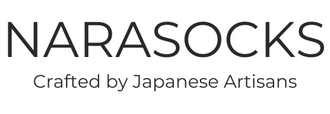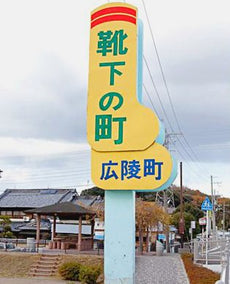Harajuku : Birthplace of Fashion Trend

Harajuku is one of the neighborhoods in Tokyo, Japan that is known as a center of youth fashion culture and trend. The shops and boutiques in the area are particularly well-known for its unique and eclectic fashion offerings. Visitors can find everything from mainstream brands to independent designers, vintage clothing stores and cafes.
Quick History of Fashion in Harajuku
After the Tokyo Olympics in 1964, a young generation of Japanese people moved into Harajuku area and they started their own clothing brands. In the 1970s, Takeshita Street, the main street in Harajuku, started to gather attention and more shops opened up. The area was packed with thousands of young people every weekend. The area became the most fashionable town in Japan in the 80s along with the opening of several fashion department stores.
Designer brands were popular in the 80s, but people started coordinating different brands and styles in the 1990s. As a result, various styles were in trend simultaneously during the era. In the 1990s, the area became the worldly-renowned city of kawaii culture, which celebrates cuteness.
Types of Harajuku Fashion
So, what is the fashion in Harajuku like exactly? It really depends on what you like and how you would like to express yourself. Let’s take a look at some major Harajuku Fashion styles that have emerged since the 1990s.
- Lolita Fashion is characterized by its Victorian and Rococo-inspired clothing, featuring voluminous skirts, lace, ruffles, and elaborate accessories. It emphasizes modesty and femininity, with various substyles including Classic Lolita, Sweet Lolita, Gothic Lolita, and Punk Lolita.

- Gal(gyaru) Fashion emerged in the 1970s and is known for its glamorous and exaggerated looks. It typically includes tanned skin, dramatic makeup, bleached hair, and trendy clothing such as miniskirts, platform shoes, and oversized accessories.
- Decora is a colorful and playful style characterized by layering numerous accessories and bright, mismatched clothing. It often includes items like colorful hair clips, plastic jewelry, stickers, and toys, creating a visually striking and whimsical look.
- Visual Kei (kei means style) is a music-inspired fashion style known for its elaborate and androgynous looks. It often features dramatic makeup, elaborate hairstyles, elaborate costumes, and accessories such as chains, chokers, and leather.
-
Gothic and Punk Fashion often involves dark, edgy styles with influences from Western subcultures. This can include black clothing, leather jackets, studs, spikes, chains, and heavy makeup.

-
Fairy Kei is a whimsical and pastel-colored style influenced by 1980s fashion and pop culture. It features nostalgic elements like oversized sweaters, tutu skirts, pastel colors, and cute motifs such as fairy, unicorns, rainbows, and teddy bears.

- Streetwear: Harajuku streetwear incorporates elements of urban fashion, including hoodies, graphic T-shirts, sneakers, and caps. Vintage clothes are popular as well. It often involves mixing and matching different styles to create unique and eclectic looks.
Today, Kyary Pamyu Pamyu, who is characterized by decora culture is probably one of the most iconic individuals who emerged from Harajuku culture.
The Changing Times
If you look outside of Harajuku, Japanese people overall tend to prefer more “matured” and chic look and styles these days, so the styles in Harajuku don’t seem to have a very strong presence in the society compared to the past. As someone who was born in the mid-80s, I remember new styles kept on emerging one after another during the 90s and early 2000s. One mentions that it is not very comfortable to walk around Harajuku in his/her favorite outfit nowadays because there are simply not too many other folks who are doing the same.
However, thanks to social media, followers of these styles can easily connect with each other no matter where they live. Today, people around the world explore fashion styles originated in Harajuku in their own ways.
Live Your Color!
I realized that there is something in common between Harajuku fashion and our company name, Live Your Color; both encourage embracing and expressing individuality. It feels like it’s all about embracing life itself.
If you are looking for something to add to your Harajuku style wardrobe, be sure to check out our best-selling Printed Art Tights!
Our signature Scrunchy Over the Knee Lounge Wool Blend was originally inspired by loose socks, which were popular among Japanese high schoolers in the 90s. These versatile socks are cozy at home and outside!

